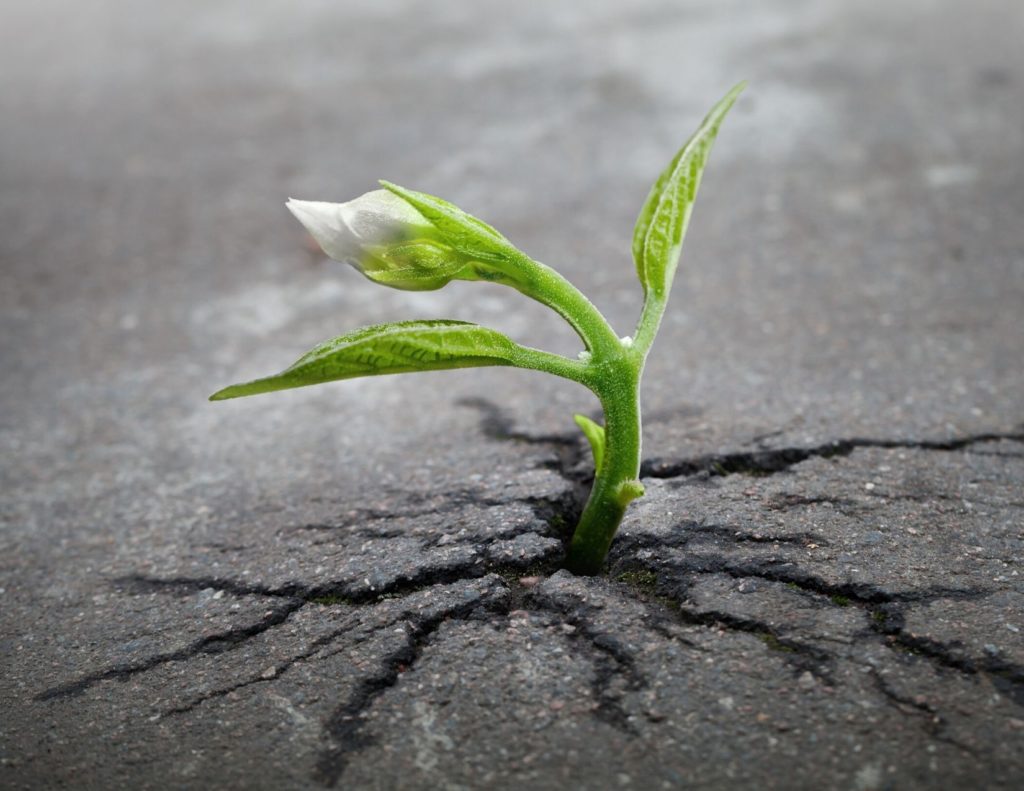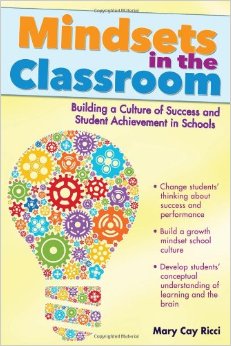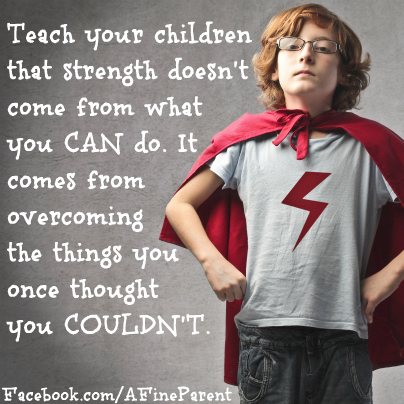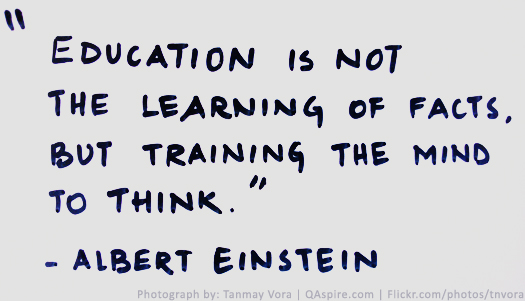How Can Students Learn From Failure?
Responding to Failure
The way we respond to failures and mistakes depends on our our mindset. When students consciously take the opportunity to learn from all of their errors, they will approach the unsuccessful task in a new way or with more effort. If students learn more about their brains and how it works, failure is an easier pill to swallow. Students who internalize the understanding of the plasticity of the brain and the functional changes in the brain that occur when we learn can deal more constructively with setbacks.
Some students have a "Bring it on!" approach and embrace challenges with enthusiasm . These students realize that they may not be successful and might even fail at a task or two, but want to take the risk and stretch themselves. It is imperative that teachers develop a climate in their classroom where failure is celebrated and students learn to reflect and redirect so that they can approach a challenging task in a new way with more effort
Motivation
Social scientist Bernard Weiner (1974, 1980) is best known for his work with the attribution theory. Weiner's theory focuses on motivation and achievement and he considers the most important factors affecting achievement to ability, effort, task difficulty, and luck.
| attribution theory |
| a theory that suggests that successful people will often attribute their success to effort (an internal factor) while those who are unsuccessful tend to attribute their lack of success or failure to the difficult of the task and/or to just having bad luck (external factors) |
Our goal is to encourage students to internalize the belief that their own actions and behaviors, not external factors, guide them to achievement or failure. In Daniel Pink's 2009 book, Drive: The Surprising Truth About What Motivates Us, he presents the case for intrinsic rather than extrinsic rewards.
How are you motivated? Is your classroom motivating for all students? Do you have a balance of both types of rewards?
| intrinsic rewards |
extrinsic rewards |
| the personal satisfaction of a person feels when something is accomplished |
outside incentives provided to a person by another individual or source, such as money, certificates, or prize |
Changing How Students React to Failure
Every time teachers help students with an error, they should seize this opportunity to help students interpret the errors as "data" that will help them later, rather then looking at themselves through a lens of low ability. One way teachers can help students reflect on failure is to introduce them to a more positive outlook on failure, perhaps by sharing others' attitudes toward failure.
Michael Jordan, summed up failure in a 1997 Nike Commercial:
"I've missed more then 9,000 shots in my career. Iv'e lost almost 300 games. Twenty-six times I've been trusted to take the game winning shot...and missed. I've failed over and over and over again in my life. And that is why I succeed."

The next chapter in Mindsets in the Classroom, 2013 will review ideas to help schools share information with parents to help create both a mindset environment at home and school.


 “Life is not the way it’s supposed to be, it’s the way it is. The way you cope is what makes the difference.” – Virginia Satir
“Life is not the way it’s supposed to be, it’s the way it is. The way you cope is what makes the difference.” – Virginia Satir We are refreshed from Spring Break and ready to dive into on-line teaching once more. Our lives have certainly changed!
We are refreshed from Spring Break and ready to dive into on-line teaching once more. Our lives have certainly changed!  “Hundreds of teachers, many of them operating in countries where teach-from-home has been in place for weeks, weigh in on the mental approach you need to stay grounded in this difficult time.”
“Hundreds of teachers, many of them operating in countries where teach-from-home has been in place for weeks, weigh in on the mental approach you need to stay grounded in this difficult time.”



